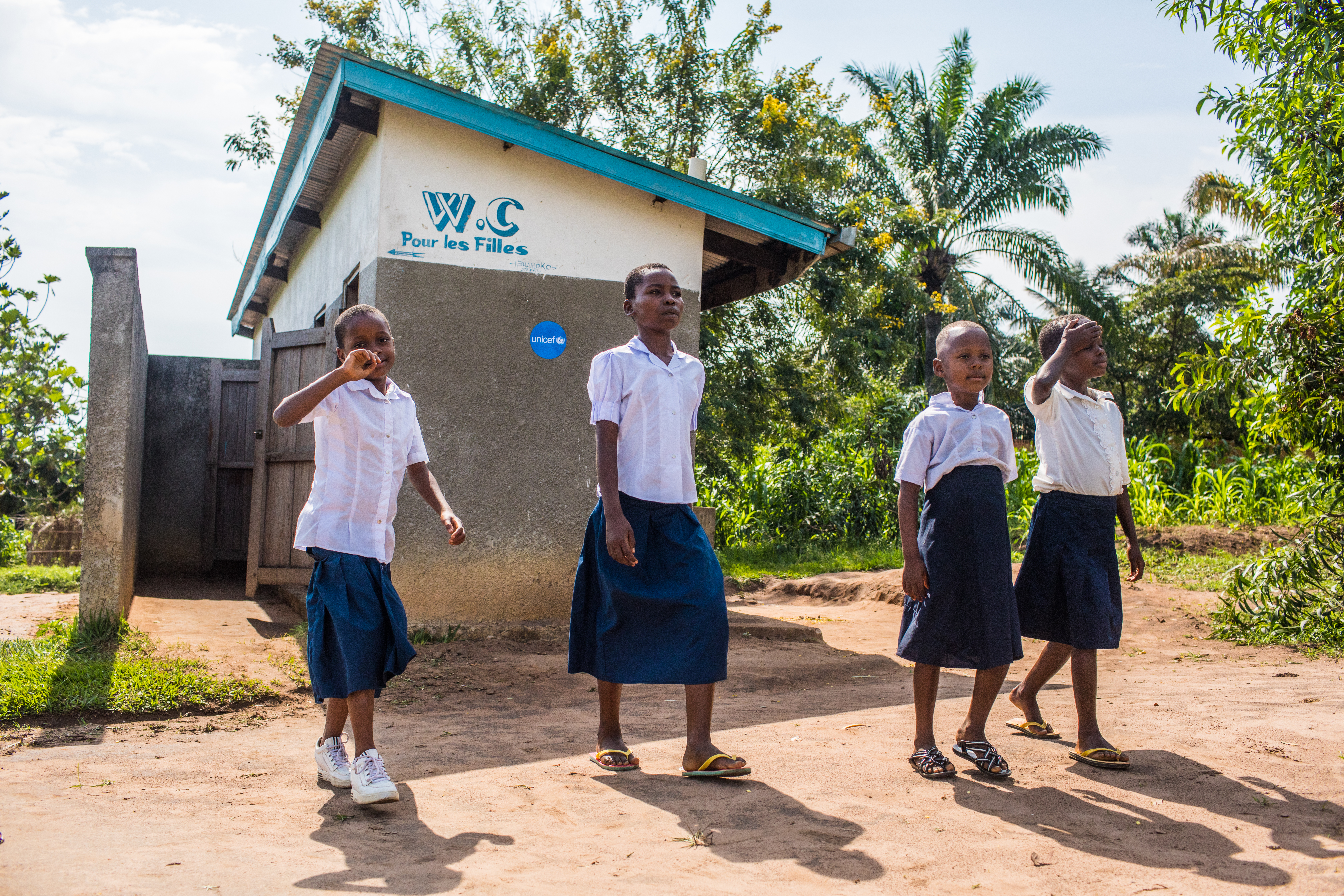
What’s new for World Toilet Day in 2019?
“The theme of World Toilet Day 2019, “leaving no one behind,” is aligned with the central promise of the Sustainable Development Goals. This year, we want to show that a toilet is not just a toilet—it’s a lifesaver, dignity-protector and opportunity-maker.
Imagine if hours of your time and your mental and physical effort had to go to something as basic as finding a safe toilet. How could anyone lift themselves out of poverty? We remind the international community that we must leave no one behind as we expand access to safe toilets, because whoever you are, wherever you are, sanitation is your human right.”
What does “safe toilet” mean?
“When someone has a “safely managed sanitation service,” to use the technical term, it means they use hygienic toilet facilities that are not shared with other households and where excreta are either separated from human contact and safely disposed of in situ or transported and treated off-site, thereby protecting people and the environment from disease agents.
Good examples of this include flush/pour flush toilets connected to piped sewer systems, septic tanks or latrine pits, ventilated improved pit latrines, composting toilets; or, pit latrines with slab covers. More installation of these will help the 673 million people who still practice open defecation. I’ll add that 3 billion people lack basic handwashing facilities, and it’s the poorest and most marginalized people who are likely to lack safely managed sanitation services and often face many forms of discrimination.”
So how can we leave no one behind?
“It’s going to require a lot of work and a lot of partnerships between water and sanitation stakeholders. SDG monitoring data shows a massive acceleration in progress is needed on SDG 6. At current rates of progress only 40 out of 152 countries are on track to achieve basic sanitation by 2030. Rates of progress are even slower for rural communities and the poorest populations, so achieving SDG 6 will require faster rates of progress in the least advantaged segments of society. We need more funding, less pollution, better wastewater treatment and stronger water governance structures to manage the growing demand for clean water and sanitation services.”
Where can we learn more?
“Learn about World Toilet Day and UN-Water’s efforts toward implementing SDG 6 by visiting worldtoiletday.info. Download our posters and digital materials to help us spread the word about access to sanitation!”
The original article in in UN DESA Voice November newsletter is found here.





修改评论